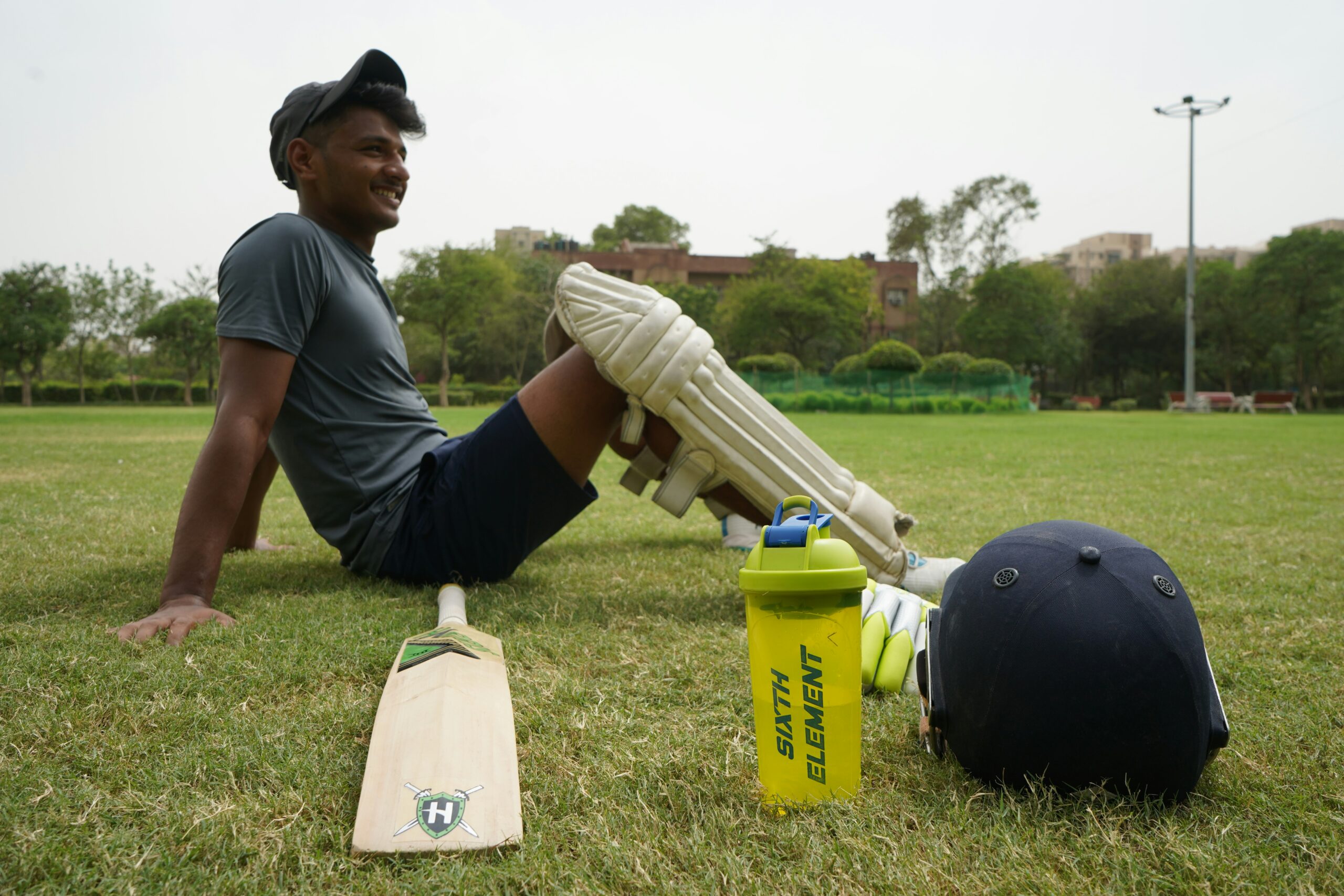Sports Injury Science: Prevention and Treatment
Introduction
Sports injuries are a common occurrence among athletes of all levels, ranging from amateurs to professionals. Understanding the science behind these injuries is crucial for effective prevention and treatment. This article explores various aspects of sports injury prevention and treatment based on current scientific knowledge.
Common Sports Injuries
Several types of injuries are prevalent in sports, including:
- Sprains and strains
- Tendonitis
- Fractures
- Dislocations
- Concussions
Each type requires specific approaches for prevention and treatment.
Prevention Strategies
Preventing sports injuries involves multiple strategies:
- Warm-up and stretching: Proper warm-up routines and dynamic stretching reduce the risk of muscle strains.
- Strength and conditioning: Building muscle strength and flexibility through targeted exercises can enhance joint stability.
- Proper technique: Coaches and trainers play a crucial role in teaching athletes correct techniques to minimize injury risk.
- Equipment: Using appropriate gear and ensuring it fits well (e.g., helmets, pads, shoes) can prevent injuries.
- Rest and recovery: Adequate rest between training sessions allows the body to recover and reduce the risk of overuse injuries.
Treatment Approaches
When injuries do occur, prompt and appropriate treatment is essential:
- RICE method: Rest, Ice, Compression, Elevation helps manage acute injuries like sprains and strains.
- Physical therapy: Rehabilitation programs tailored to the injury aid in recovery and prevent future issues.
- Medication and surgery: In some cases, medication for pain management or surgical intervention may be necessary for complete recovery.
Role of Sports Medicine
Sports medicine professionals, including orthopedic surgeons, physical therapists, and athletic trainers, play vital roles in both preventing and treating sports injuries. They apply scientific principles to diagnose injuries accurately and develop personalized treatment plans.
Case Studies
For example, runner’s knee (patellofemoral pain syndrome) often affects long-distance runners due to repetitive stress on the knee joint. Treatment typically involves a combination of strengthening exercises, adjustments in running technique, and sometimes, physical therapy to correct muscle imbalances.
In contact sports like football, concussions are a significant concern. Immediate evaluation by a sports medicine professional and adherence to return-to-play protocols are crucial for minimizing long-term consequences.
Conclusion
Advancements in sports injury science continue to refine prevention and treatment methods, ensuring athletes can perform at their best while minimizing the risk of injury. By integrating these scientific insights into training programs and injury management strategies, athletes can maintain peak performance levels safely and effectively.









